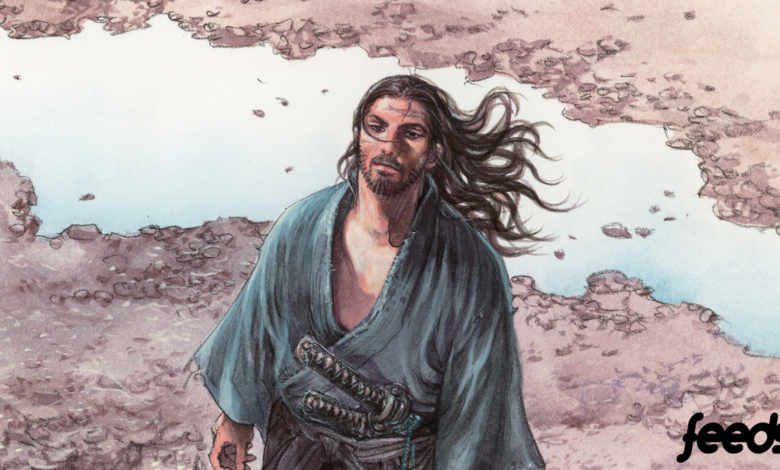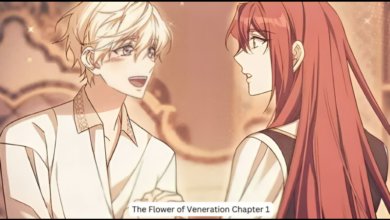Unlocking the World of Vagabond Manga: A Journey through History, Art, and Philosophy

Vagabond Manga stands as a towering masterpiece within the realm of Japanese manga, captivating readers with its immersive storytelling, rich historical backdrop, and profound philosophical themes. Crafted by the renowned mangaka Takehiko Inoue, this epic tale delves into the life of Miyamoto Musashi, a legendary swordsman whose journey of self-discovery unfolds against the backdrop of feudal Japan. From its gripping narrative to its stunning artwork, Vagabond Manga has garnered widespread acclaim and continues to enthrall audiences worldwide.
The Creator Behind the Masterpiece
At the helm of Vagabond Manga is Takehiko Inoue, a visionary mangaka celebrated for his exceptional storytelling prowess and artistic brilliance. Born on January 12, 1967, in Kagoshima Prefecture, Japan, Inoue’s journey as a mangaka began with humble roots. His passion for drawing and storytelling propelled him into the world of manga, where he would ultimately leave an indelible mark with works like Slam Dunk and Real.
Inoue’s approach to creating Vagabond Manga is deeply rooted in meticulous research and a commitment to authenticity. Drawing inspiration from Eiji Yoshikawa’s novel “Musashi” and historical accounts of Miyamoto Musashi’s life, Inoue embarked on a creative odyssey that would span decades, captivating readers with his masterful depiction of samurai culture and the human condition.
Historical Context
Vagabond Manga transports readers to the tumultuous era of feudal Japan, a time marked by political upheaval, social unrest, and the rise of legendary warriors. Set against the backdrop of the early 17th century, the manga immerses audiences in the chaotic world of samurai warfare, where honor and survival intertwine in a delicate dance.
Inoue’s meticulous attention to historical detail lends Vagabond Manga an unparalleled sense of authenticity, drawing upon real-life events, figures, and cultural practices of the period. From the intricacies of swordsmanship to the nuances of bushido, each chapter of the manga offers a glimpse into the rich tapestry of feudal Japanese society, inviting readers to explore a world both familiar and fantastical.
Character Exploration
At the heart of Vagabond Manga is Miyamoto Musashi, a complex and enigmatic figure whose journey serves as the linchpin of the narrative. Inspired by the historical Miyamoto Musashi, a renowned swordsman and philosopher, Inoue’s portrayal breathes life into this iconic character, capturing the essence of his inner turmoil and external struggles.
Musashi’s evolution throughout the manga is a testament to Inoue’s skill as a storyteller, as he navigates themes of ambition, redemption, and the quest for enlightenment. Alongside Musashi, a diverse cast of characters populates the pages of Vagabond Manga, each playing a pivotal role in shaping the protagonist’s destiny and challenging his perception of the world.
Artistry in Vagabond Manga
One of the most striking aspects of Vagabond Manga is its breathtaking artwork, meticulously crafted by Takehiko Inoue to convey the essence of feudal Japan’s beauty and brutality. From sweeping landscapes to intense battle sequences, each panel is a masterclass in visual storytelling, drawing readers deeper into the world of the samurai with every stroke of the pen.
Inoue’s artistic style undergoes a remarkable evolution throughout the course of Vagabond Manga, reflecting both the passage of time within the narrative and the artist’s own growth and experimentation. From the rough, kinetic lines of early chapters to the intricate detail and emotional depth of later installments, the manga’s artwork serves as a visual feast for the senses, leaving an indelible impression on readers long after they’ve turned the final page.
Themes and Symbolism
Beneath the surface of its captivating narrative lies a rich tapestry of themes and symbolism that elevate Vagabond Manga to a work of profound depth and complexity. At its core, the manga explores the timeless quest for self-discovery and enlightenment, as Musashi grapples with the dichotomy of inner peace and external conflict.
Central to the thematic fabric of Vagabond Manga is the concept of bushido, the samurai code of honor and conduct that governs Musashi’s actions and decisions throughout his journey. As he navigates the treacherous landscape of feudal Japan, Musashi must confront his own limitations and desires, ultimately striving to transcend the confines of mortal existence in pursuit of a higher truth.
Philosophy and Life Lessons
Embedded within the pages of Vagabond Manga are profound philosophical insights and timeless life lessons that resonate with readers on a visceral level. Drawing upon principles of Zen Buddhism and stoic philosophy, Inoue explores themes of impermanence, resilience, and the nature of human existence, inviting readers to contemplate the deeper meaning of life and mortality.
Central to Musashi’s journey is the concept of mushin, or “no mind,” a state of mental clarity and spiritual presence that enables the swordsman to achieve transcendent levels of skill and insight. Through his trials and tribulations, Musashi learns the importance of embracing change, confronting fear, and embracing the impermanence of existence, ultimately finding liberation in the acceptance of life’s inherent uncertainty.
Action and Martial Arts
As a manga centered around the life of a legendary swordsman, Vagabond Manga boasts an abundance of thrilling action sequences and visceral martial arts battles that showcase the prowess of its characters. From intense duels to epic battlefield clashes, each fight scene is a masterclass in choreography and pacing, immersing readers in the adrenaline-fueled world of samurai combat.
What sets Vagabond Manga apart from other action-oriented manga is its commitment to authenticity and realism, with Inoue drawing upon historical sources and martial arts experts to ensure the accuracy and authenticity of each fight scene. Whether depicting the precise technique of a katana strike or the strategic cunning of a battlefield tactician, the manga’s action sequences are as educational as they are exhilarating, offering readers a window into the ancient art of Japanese swordsmanship.
Cultural Impact
Since its debut in 1998, Vagabond Manga has left an indelible mark on the world of manga and popular culture, inspiring legions of fans and influencing countless creators across various mediums. From its compelling characters to its stunning artwork, the manga’s impact extends far beyond the confines of its pages, resonating with audiences of all ages and backgrounds around the globe.
In addition to its cultural significance, Vagabond Manga has also played a pivotal role in introducing Western audiences to the rich tapestry of Japanese history and culture, serving as a gateway to further exploration of samurai lore and philosophy. Through its gripping narrative and captivating visuals, the manga has fostered a deep appreciation for Japanese storytelling and artistic expression, cementing its status as a beloved classic of the medium.
Adaptations and Spin-offs
In addition to its success as a manga, Vagabond has also spawned various adaptations and spin-offs across different media platforms, further expanding its reach and cultural impact. From animated series to live-action films, the manga’s compelling narrative and dynamic characters have been brought to life in various incarnations, captivating audiences in new and exciting ways.




